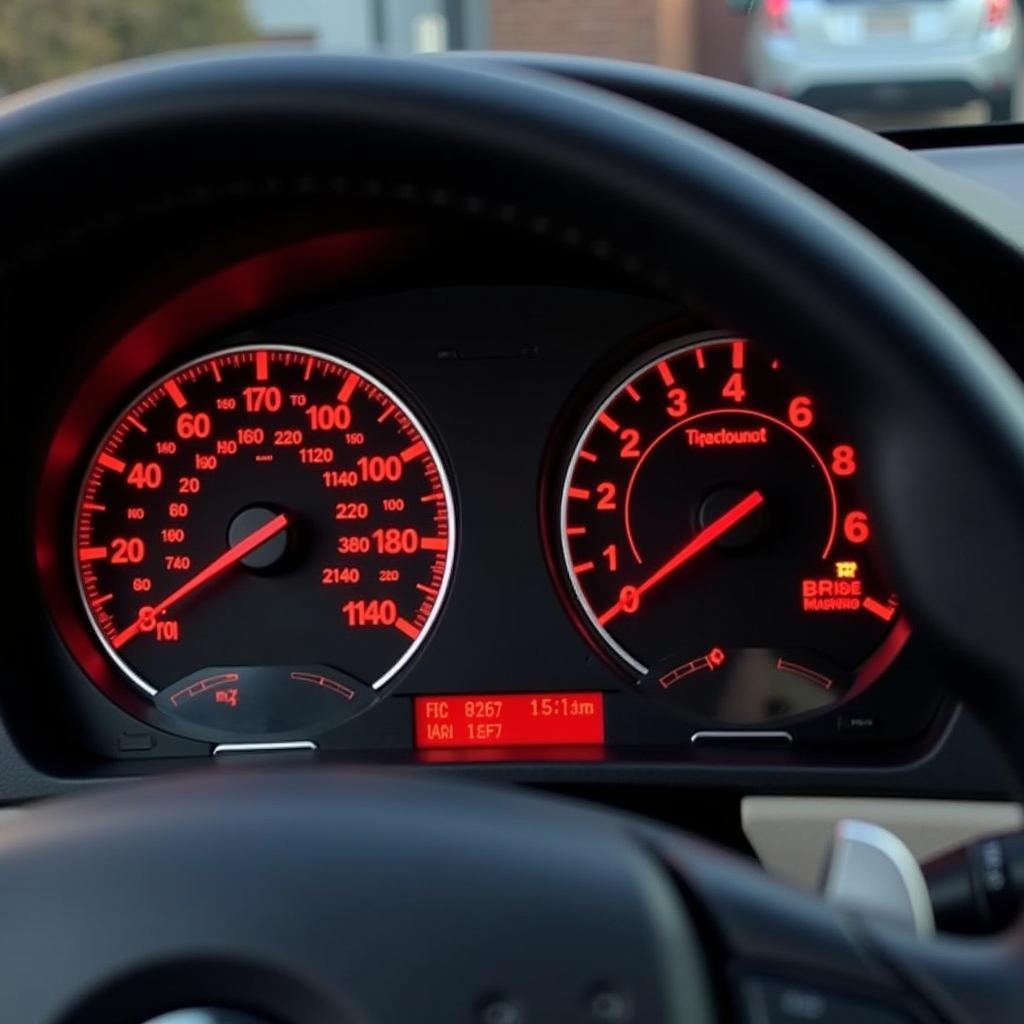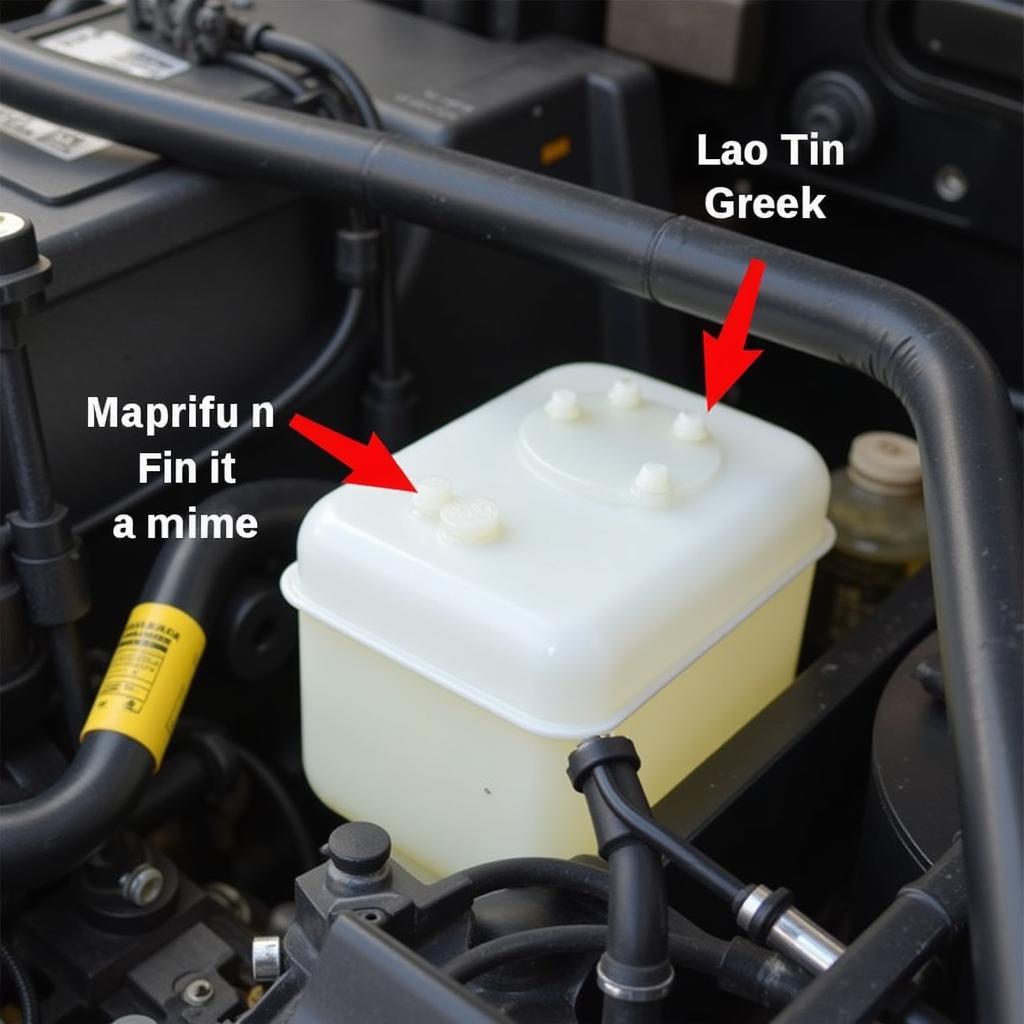Understanding the intricate network of wires behind your car’s dashboard might seem daunting, especially when tackling a car radio installation. A wiring diagram for car radio installation is your roadmap, guiding you through the process and ensuring a successful outcome. Whether you’re upgrading to a modern Bluetooth-enabled system or replacing an old unit, this comprehensive guide will equip you with the knowledge and confidence to navigate the world of car audio wiring.
Deciphering the Maze: Basics of Car Radio Wiring
Before diving into the installation, it’s crucial to understand the fundamental components of a car radio wiring diagram:
- Power and Ground: The lifeblood of your car radio. The power wire supplies electricity, while the ground wire completes the circuit, ensuring proper operation.
- Speaker Wires: These transmit audio signals from the radio to your car’s speakers. They often come in pairs with distinct color codes for positive (+) and negative (-) connections.
- Antenna and Amplifier Connections: Depending on your setup, you might have wires for the antenna and an external amplifier, further enhancing your audio experience.
- Illumination and Dimmer: These wires control the radio’s display lighting, allowing it to dim along with your dashboard lights for optimal nighttime visibility.
Finding the Right Wiring Diagram for Your Vehicle
Locating a reliable wiring diagram is paramount for a smooth installation. Several avenues exist for finding the right diagram:
-
Your Car’s Owner’s Manual: often contains a basic wiring diagram specifically for your vehicle’s factory radio system.
-
Online Resources: Reputable websites dedicated to car audio and electronics often provide wiring diagrams for various makes and models.
-
Aftermarket Radio Manufacturer: If you’re installing a new aftermarket radio, the manufacturer usually includes a wiring diagram in the product manual or on their website.
Safety First: Precautions During Installation
Working with electrical components demands utmost caution. Adhere to these safety measures to prevent mishaps:
- Disconnect the Battery: Before touching any wires, disconnect the negative (-) terminal of your car battery to avoid electrical shocks or short circuits.
- Use Proper Tools: Employ insulated tools and wear protective gloves when handling wires and connectors.
- Secure Loose Wires: Ensure all wires are properly connected and secured to prevent them from touching metal parts and causing shorts.
Step-by-Step Guide to Using a Car Radio Wiring Diagram
-
Identify the Wires: Begin by identifying the power, ground, speaker, and other necessary wires on both the car’s wiring harness and the back of your new radio. Use the wiring diagram and its color codes to match them accurately.
-
Connect the Wires: Utilizing appropriate connectors, carefully connect each wire from the car’s harness to its corresponding wire on the radio, ensuring a secure fit.
-
Test the Connections: Once all wires are connected, reconnect the car battery’s negative (-) terminal and turn on the ignition. Test the radio for power, sound, and other functionalities.
-
Secure the Radio: After confirming proper operation, carefully slide the radio into the dashboard slot, ensuring it’s securely mounted.
-
Enjoy the Music: With the installation complete, turn up the volume and enjoy your newly installed car radio!
Troubleshooting Common Car Radio Installation Issues
-
No Power: Check the fuse for the radio circuit. If the fuse is blown, replace it with a new one of the same amperage.
-
Poor Reception: Ensure the antenna is properly connected and the mast is fully extended.
-
Sound Distortion: Verify that the speakers are wired correctly with the positive (+) and negative (-) terminals properly matched.
Professional Installation: When to Seek Expert Help
While installing a car radio can be a DIY project, situations arise when seeking professional help is advisable:
-
Complex Wiring Systems: Modern vehicles often have intricate wiring systems, making it challenging for non-professionals.
-
Specialized Features: Installing a system with advanced features like navigation, Bluetooth, or steering wheel controls often demands expert knowledge.
-
Lack of Experience: If you’re uncomfortable working with electrical systems or unfamiliar with car audio installation, it’s best to leave it to the professionals.
FAQs
Can I install a car radio myself?
Yes, with the right tools, resources, and a bit of patience, many car enthusiasts successfully install their car radios. However, it’s essential to assess your comfort level and seek professional help if needed.
What if I don’t have a wiring diagram?
Without a wiring diagram, it’s highly discouraged to attempt the installation. Incorrect wiring can damage your radio, car battery, or other electrical components.
How much does it typically cost to have a car radio professionally installed?
Installation costs vary depending on the complexity of the system and the labor rates in your area. It’s best to contact local car audio installers for accurate quotes.
Can I install any car radio in any car?
Not necessarily. Car radios and dashboards come in various sizes and configurations. Ensure compatibility between your chosen radio and your car’s dashboard before purchasing.
Do I need any special tools for car radio installation?
Basic tools like a screwdriver set, wire strippers, and electrical tape are generally sufficient. However, specific connectors or adapters might be necessary depending on your car and radio model.
Conclusion
Installing a car radio doesn’t have to be an intimidating endeavor. By understanding the fundamentals of car radio wiring, utilizing a reliable wiring diagram, and following safety precautions, you can confidently upgrade your car’s audio system. Should you encounter difficulties or prefer professional assistance, seeking expert help ensures a smooth and successful installation, allowing you to enjoy your favorite tunes on the road.


